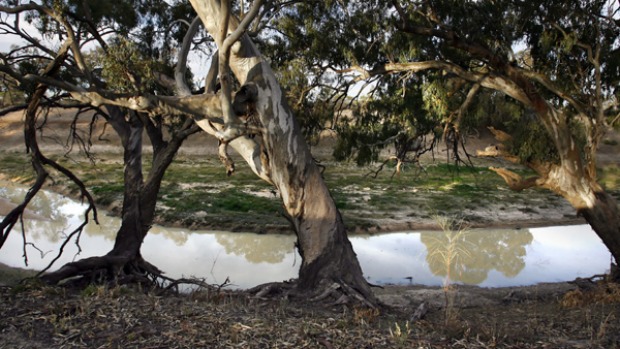This 2009 article reported that Australia was launching one of the world’s largest river restoration projects.
REVITALIZATION readers familiar with the current state of the situation are invited use the Comments section below to share their insights.
NOTE: The Murray–Darling basin is a large geographical area in the interior of southeastern Australia. Its name is derived from its two major rivers, the Murray River and the Darling River. The basin, which drains around one-seventh of the Australian land mass, is one of the most significant agricultural areas in Australia.
It spans most of the states of New South Wales, Victoria, and the Australian Capital Territory, and parts of the states of Queensland, and South Australia. The basin is 3,375 kilometers (2,097 miles) in length, with the Murray River being 2,530 km (1,570 miles) long.
^^^^^^^^^^^^^^^^^^^^
Australia has embarked on one of the world’s most ambitious river restoration efforts for the Murray-Darling Basin.
It is the equal of restoring the Florida Everglades, flooding the northern part of the Aral Sea, or even re-engineering the Rhine River for salmon. It is massive, yet we don’t know if it will work.
The NSW Government led this investment in environmental water in 2006, with $105 million to buy back water, before being dwarfed by $9 billion from the Federal Government over a decade.
Buying water is essential but not the silver bullet. Our rivers face other serious challenges. Climate change may not only reduce rainfall but bring high temperatures that reduce run-off and increase evaporation. Although the Prime Minister, Kevin Rudd, intimated in his July essay that this was the main challenge, it is not.
Even if we had floods, the rivers and wetlands would still experience water scarcity because we divert too much, primarily for irrigation. This is the over-allocation problem we are struggling to fix.
Let’s hope Australia can show the world that not only are we good at reviving our rivers, but we know what we are spending it on.

